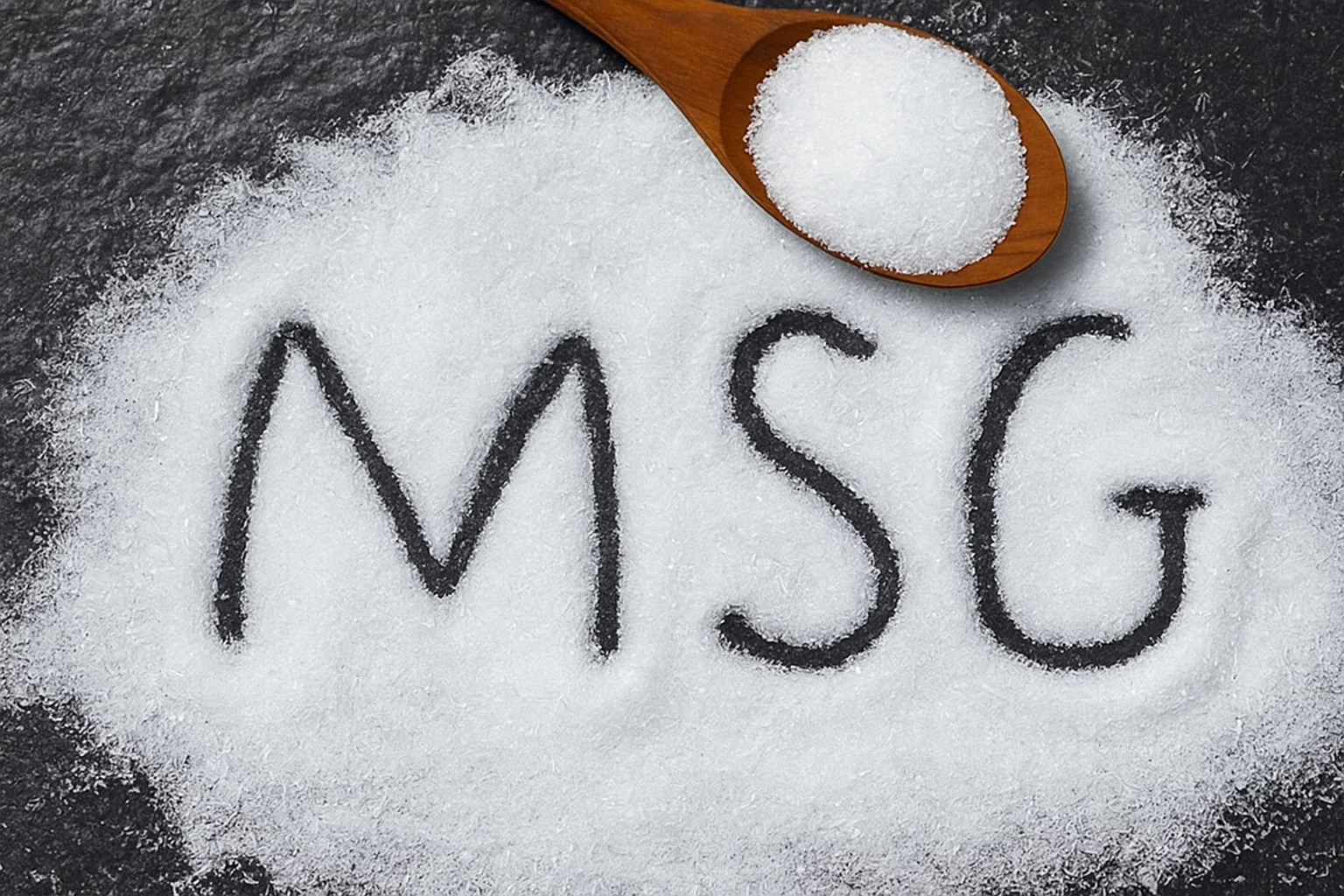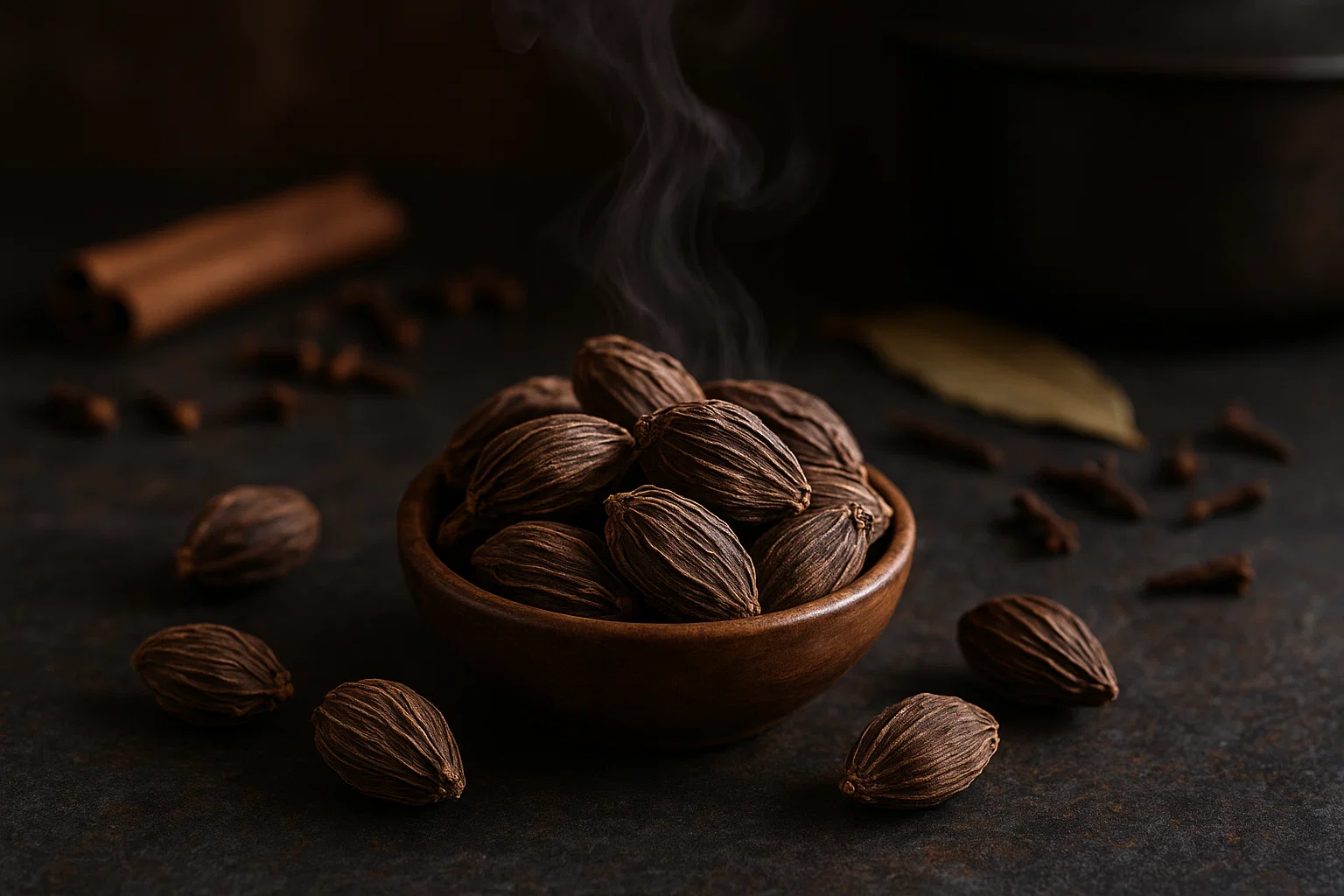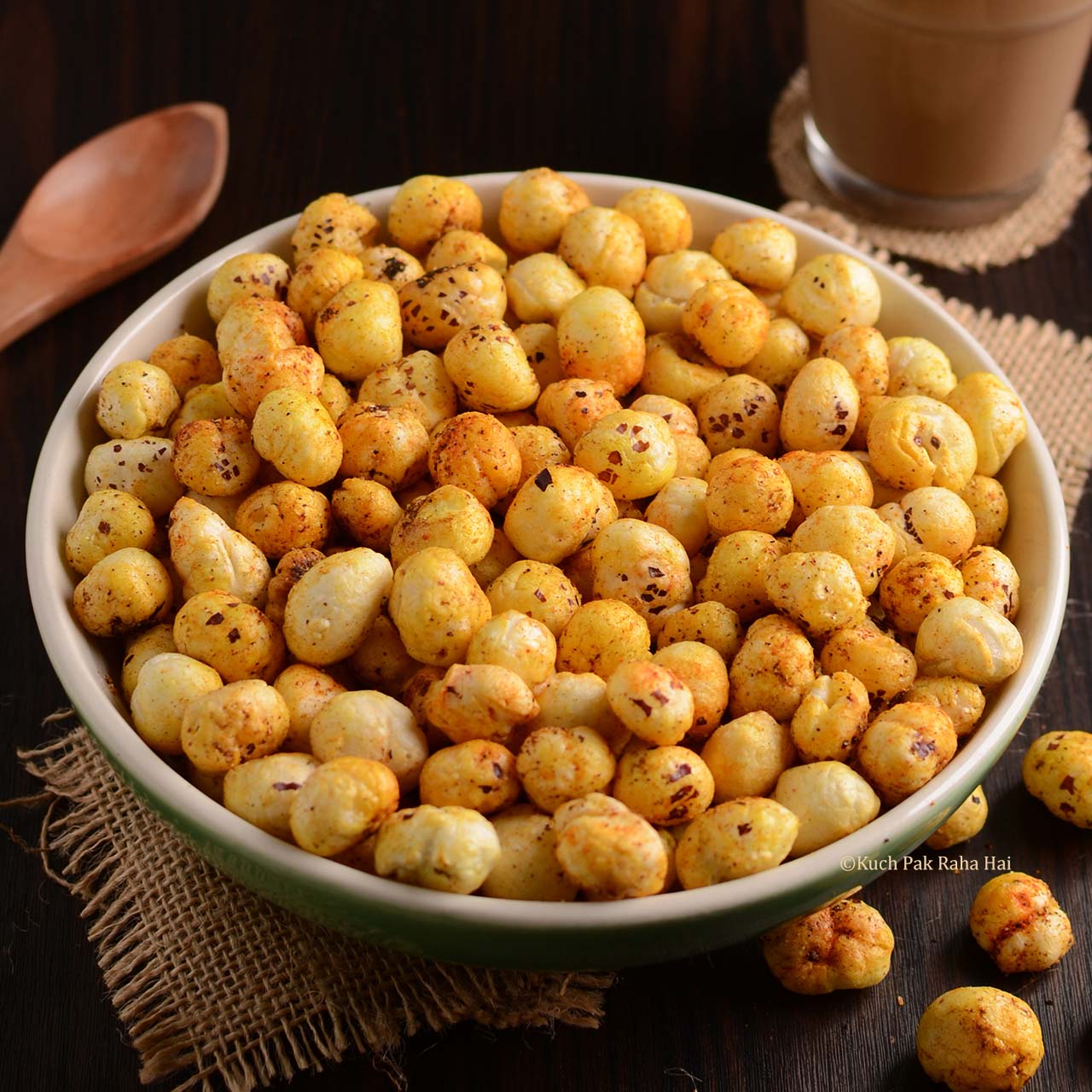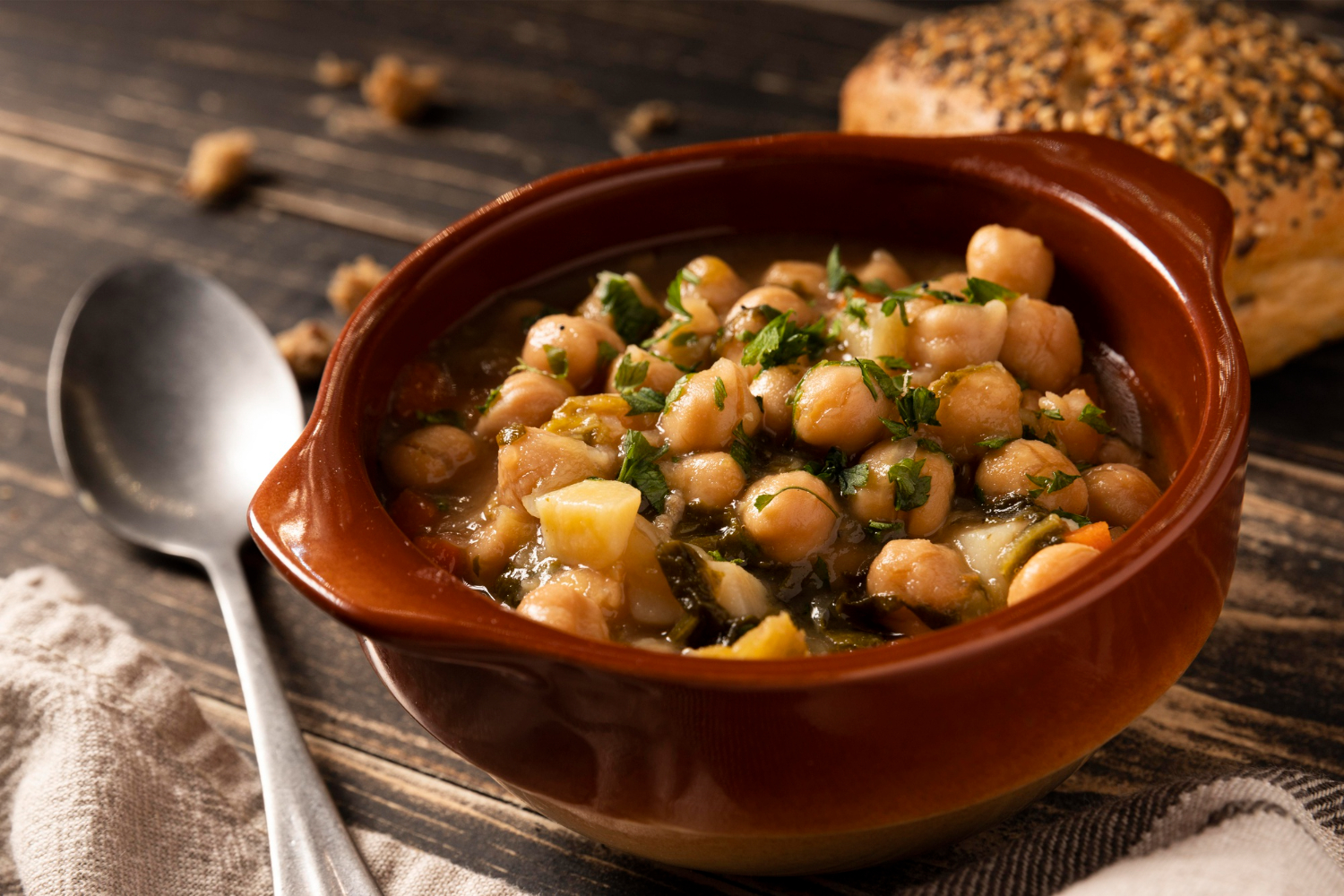Regional Variations of Moong Dal Kachori Across India

Strong 8k brings an ultra-HD IPTV experience to your living room and your pocket.
Moong Dal Kachori is a beloved deep-fried snack enjoyed across India, but did you know that this crispy, stuffed delicacy takes on different flavors and styles depending on the region? While its core ingredients remain the same—crisp outer shell and a spicy, flavorful moong dal filling—the local influences, choice of spices, and accompaniments give each version its distinct personality. Let’s take a flavorful journey through the regional variations of Moong Dal Kachori, exploring how different parts of India have put their own spin on this classic snack.
1. Rajasthan – The Spicy and Crispy Classic
If you ask a Rajasthani about kachori, they will proudly introduce you to their version, which is often considered the most authentic. Rajasthani Moong Dal Kachori, also known as "Pyaaz Ki Kachori" in some parts, is famous for its fiery and aromatic filling.
What Makes It Unique?
- The filling includes a generous amount of asafoetida (hing), which adds a strong, pungent flavor.
- A mix of traditional Rajasthani spices like saunf (fennel), amchur (dry mango powder), and red chili powder gives it an extra kick.
- Often served with sweet and tangy tamarind chutney and a fiery green chili chutney.
- In cities like Jaipur, it is relished with kadi (a yogurt-based curry), making it a unique combo that sets it apart from other regions.
Personal Take: Having tried a piping hot kachori from a small stall in Jaipur, I can vouch for its explosive flavors. The outer shell was incredibly flaky, and the spice level was enough to make my eyes water—just the way a true Rajasthani snack should be!
2. Uttar Pradesh – The Hearty and Slightly Sweeter Version
In Uttar Pradesh, Moong Dal Kachori leans towards a slightly milder spice profile with a subtle sweetness. It is a staple at breakfast and is often paired with aloo sabzi (potato curry) and pickles.
What Makes It Unique?
- The filling contains a bit of sugar or fennel seeds, adding a slight sweetness.
- Spices are balanced—less heat, more aromatic warmth from cardamom and nutmeg.
- Best enjoyed with a piping hot serving of aloo ki sabzi, making it a wholesome meal rather than just a snack.
Interesting Observation: I once had a chance to taste this version in Lucknow, and what struck me was the way the kachori was served. Instead of just chutneys, it came submerged in a rich, flavorful aloo curry, making every bite a burst of spice, tang, and crunch.
3. Madhya Pradesh – The Street Food Favorite
Madhya Pradesh, especially cities like Indore and Bhopal, takes Moong Dal Kachori to another level by making it a key player in their bustling street food culture.
What Makes It Unique?
- It is typically smaller in size, making it a quick grab-and-go snack.
- The filling has a pronounced tanginess from dry mango powder and black salt.
- Served with a combination of green chutney and a thick tamarind-jaggery sauce.
- In Indore, it is often accompanied by sev, a crunchy chickpea flour topping, adding another layer of texture.
Street Food Love: When I visited Indore, I was amazed at how locals enjoyed kachori for breakfast along with a steaming cup of chai. The addition of sev gave it an irresistible crunch, something I had never experienced before.
4. Gujarat – The Flaky and Sweet-Spicy Delight
Gujarati cuisine is known for its subtle sweetness, and their version of Moong Dal Kachori is no different.
What Makes It Unique?
- The dough is kneaded with a bit of sugar, making the outer layer slightly sweet.
- The filling has a milder spice level, with an emphasis on flavors like sesame seeds and dried coconut.
- It is often served with sweet chutneys made from dates and tamarind.
A Memorable Bite: In Ahmedabad, I tried a kachori that had a delightful balance of sweet and savory. The crunch, the mild heat from green chilies, and the soft sweetness made it incredibly addictive.
5. West Bengal – The Soft and Mildly Spiced Treat
Bengalis have their own version of kachori, often called “Koraishutir Kachori” (green pea kachori), but they also make a Moong Dal variant, which is softer and fluffier than the North Indian versions.
What Makes It Unique?
- The kachori is slightly softer rather than extra crispy.
- The filling is less spicy, relying more on the natural nuttiness of moong dal.
- Served with a light, thin aloo sabzi, rather than thick, spicy gravies.
Family Story: A Bengali friend once told me how her grandmother would make these kachoris on winter mornings, filling the kitchen with an irresistible aroma. The lighter texture and mild filling make it a favorite among all age groups.
6. Maharashtra – The Fusion Version
In Maharashtra, Moong Dal Kachori is not as common as its Rajasthani counterpart, but local street vendors have given it a Mumbai-style twist.
What Makes It Unique?
- Sometimes stuffed with a mix of moong dal and spicy mashed potatoes for an extra filling bite.
- Served with a spicy garlic chutney, giving it a Maharashtrian edge.
- Some vendors top it with chopped onions, tomatoes, and a squeeze of lemon, turning it into a ‘kachori chaat.’
Street Food Culture: The first time I had a kachori in Mumbai, I was surprised to see it turned into a full-fledged chaat dish with yogurt, chutneys, and even pomegranate seeds. It was a delightful explosion of flavors and textures!
Final Thoughts: A Kachori for Every Taste
Moong Dal Kachori is a perfect example of how a single dish can evolve across different regions while still retaining its essence. Whether you love your kachori fiery and bold like the Rajasthani version or prefer the mild, comforting taste of the Bengali style, there’s a variation for every taste preference.
So, the next time you bite into a kachori, think about its regional roots and the unique twists that make it special. Better yet, try making different versions at home and embark on your own culinary adventure!
Which version have you tried, and which one is your favorite? Let’s keep the food conversation going in the comments!
FAQs (Frequently Asked Questions)
1. Which region has the spiciest Moong Dal Kachori?
Rajasthan’s version is the spiciest, known for its bold use of red chili and asafoetida.
2. Can Moong Dal Kachori be made at home?
Yes, it can be made at home using simple ingredients like moong dal, flour, and authentic spices.
3. What is the best accompaniment for kachori?
It varies by region—some enjoy it with aloo sabzi, while others prefer chutneys.
4. Is there a healthier version of Moong Dal Kachori?
Yes, baking instead of deep-frying can make it healthier.
Note: IndiBlogHub features both user-submitted and editorial content. We do not verify third-party contributions. Read our Disclaimer and Privacy Policyfor details.







